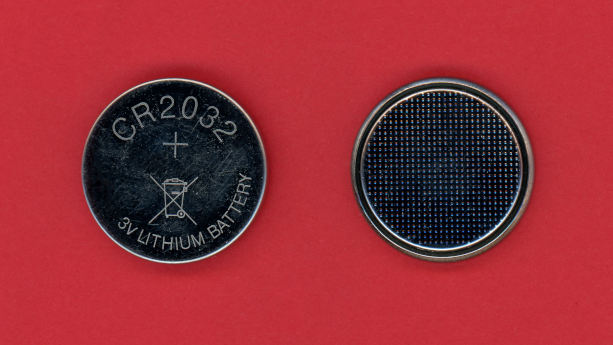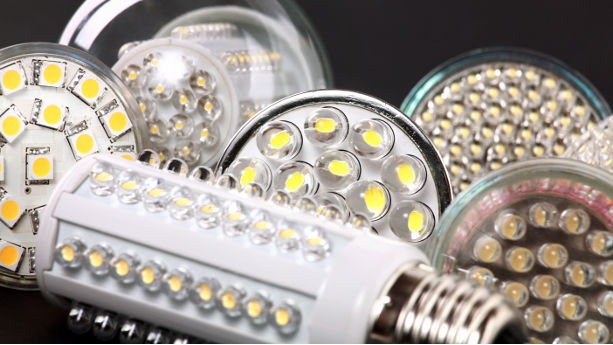Formaldehyde can be found by various products, including wooden products, plastics, and cosmetics. Due to its toxicity, there are regulations in the European Union that restrict the content or release of formaldehyde.
As such, importers and manufacturers of products that contain or can contain formaldehyde must ensure that their products comply with the applicable regulations, directives, and standards that limit its the use. This can generally be assessed by performing the necessary testing.
In this guide, we explain what formaldehyde is, and which regulations restrict its usage, release, or emission. We also provide examples of relevant standards, and explain why lab testing is necessary.
Continue reading Formaldehyde Regulations in the European Union: An Overview





















